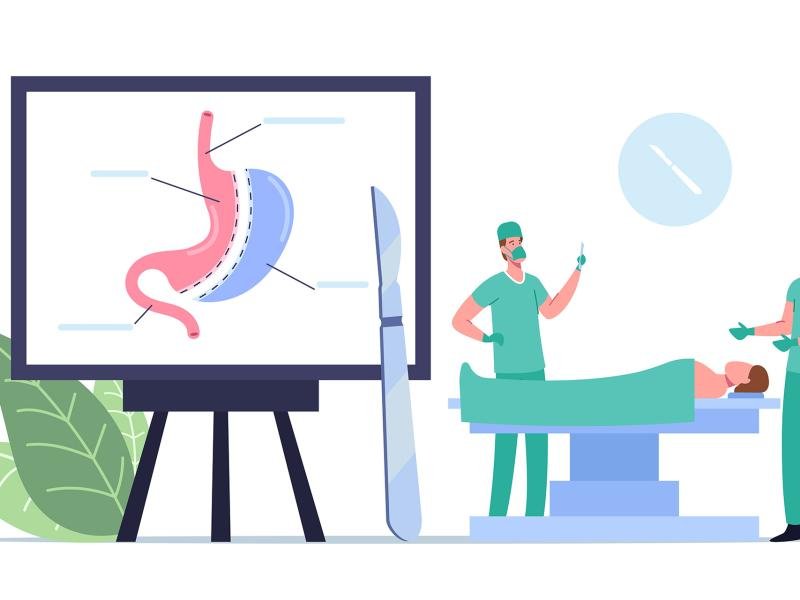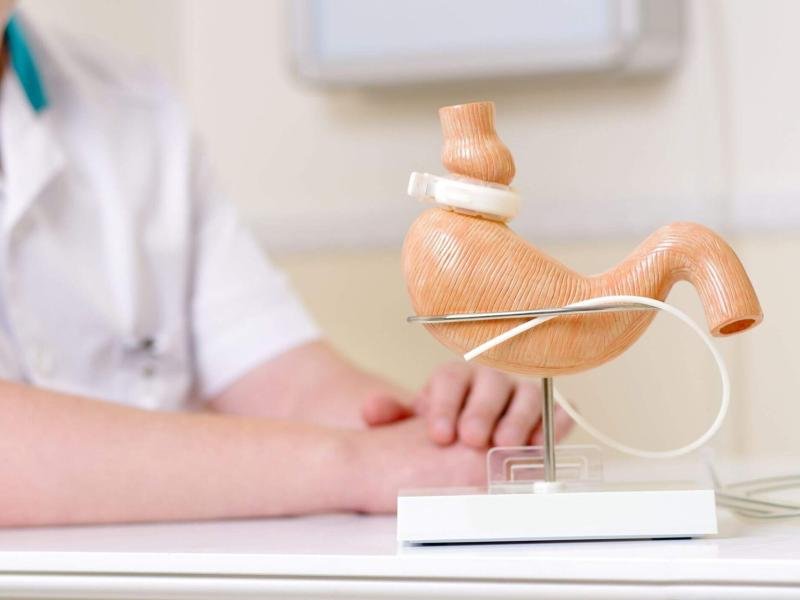
An intra-gastric balloon is a soft balloon filled with air or salt water that's placed into your stomach using a thin tube passed down your throat (known as a gastroscopy).
This means you will not need or be able to eat as much before you feel full. But it's only a temporary measure and the balloon is usually left in for a maximum of 6 months.
Which type of weight loss surgery is best?
All types of weight loss surgery can help you lose a significant amount of weight, but they each have advantages and disadvantages.
For example:
- you usually lose weight more quickly after a gastric bypass or sleeve gastrectomy than after gastric banding
- more people tend to achieve significant weight loss with a gastric bypass or sleeve gastrectomy than with a gastric band
- the risk of serious surgery complications is generally higher for a gastric bypass or sleeve gastrectomy
- gastric bands are removable, so the operation can be reversed if it causes serious problems
If you're considering weight loss surgery, talk to your surgeon about the different techniques to decide which is best for you.
Assessment before weight loss surgery
Before you can have weight loss surgery, you'll be referred to a specialist clinic for an assessment to check if the operation is suitable.
This may involve checking your:
- physical health – using blood tests, X-rays and scans
- diet and eating patterns
- mental health – such as asking about your expectations of surgery, and whether you have any mental health conditions; this is to assess if you'll be able to cope with the long-term lifestyle changes needed after weight loss surgery
You may be advised to have a calorie-controlled diet in the weeks before surgery to help reduce the size of your liver. This can make surgery easier and safer.







 What is Tummy Tuck?
What is Tummy Tuck?
 What is Sleeve Gastrectomy?
What is Sleeve Gastrectomy?
 What is Bariatric Surgery?
What is Bariatric Surgery?
 Hair Transplantation in Turkey
Hair Transplantation in Turkey
 What is Denta Fillings?
What is Denta Fillings?


